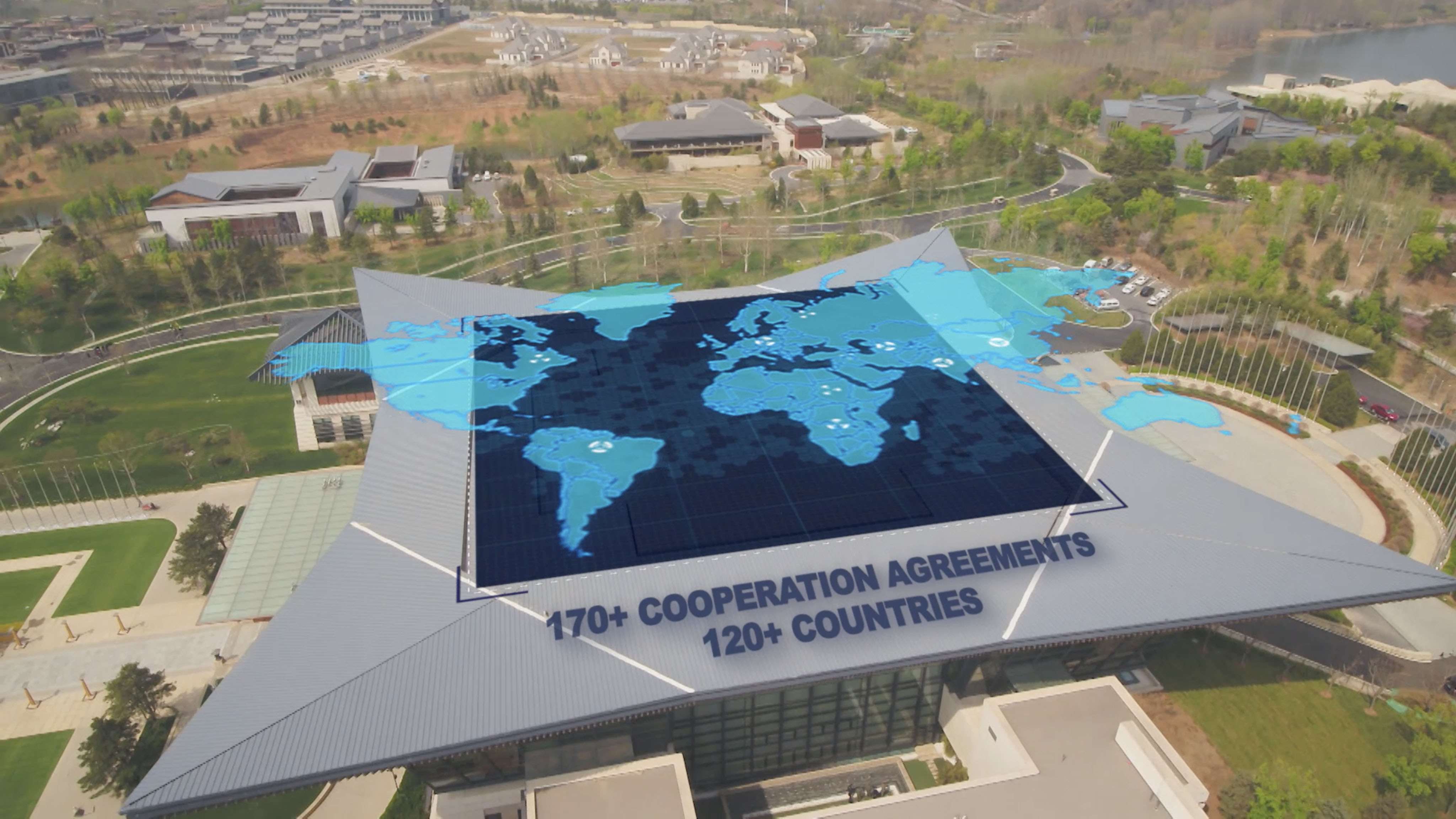
Economy
12:33, 15-Apr-2019
Belt and Road big data: China's friendship network expanded thanks to BRI
Updated
20:38, 15-Apr-2019
Cui Hui'ao
02:13

Six years since President Xi Jinping proposed the Belt and Road Initiative, a lot of friends have gotten on board. China has signed more than 170 cooperation agreements with more than 120 countries.
Just very recently, Italy became the first G7 nation to join China's BRI. The country's president Sergio Mattarella said, "Italy and China were at the two ends of the ancient Silk Road which had been a bond closely linking the two countries. Italy supports Xi's initiative on jointly building the Belt and Road and believes that it will be conducive to Eurasian connectivity and common development, as well as to reviving the ancient Silk Road in modern times."
So what are Belt and Road, respectively?
With regard to the “belt”, there are six economic corridors under the BRI framework, among which the New Eurasian Land Bridge and the China-Pakistan Economic Corridor are considered the most advanced.
For example, the Khorgos International Border Cooperation Center has connected the east and the west, attracting businesses, tourists, and logistics. Also, Pakistan's New Gwadar International Airport covers an area of 18 square km, and will be the second largest airport in Pakistan. In addition, the 230 million-U.S. dollar China-funded project will link Pakistan's fast-rising port city with the rest of the world.
And when it comes to the “road” or maritime Silk Road, China is now connected to over 600 ports spread out across more than 200 countries. One of the star projects, the Port of Piraeus, is an example of China offering foreign investment at ports. It now serves as a significant transit hub for international trade and has also given Greece's economy a major boost.
In the meantime, there have been concerns that Chinese investment may take over the market in foreign countries. But as the managing director at COSCO Shipping Lines Greece Su Xudong says, “The entire service chain, including our equipment and staff, we all rely on local resources. We never thought of dominating the market. We vow to have an open market based on the idea of mutual benefit.”
Then there is third-party market cooperation. For instance, China and Japan are considering developing infrastructure and energy projects in Thailand, which would bring the two sides, and the third party, tangible benefits. With complementary advantages, China will collaborate with Western multinational corporations in joint bidding, joint production and joint investment of projects in the third-party market.
Indeed, for BRI, China is not the only game in town. From its inception, it was intended to involve a global chorus of countries.
In addition, China has deepened its collaboration between the Belt and Road and other development strategies, such as the EU‘s Juncker Plan, Kazakhstan's Bright Road Initiative and Russian-led Eurasian Economic Union.
Over the past six years, the Belt and Road has created more than 240,000 jobs outside China, with trade volume between China and BRI-involved countries exceeding six trillion U.S. dollars. Financial cooperation through the AIIB, Silk Road Fund and Chinese-funded banks contributes to the development of various projects.
Thanks to the Belt and Road, China's friendship network now spans five continents.

SITEMAP
Copyright © 2018 CGTN. Beijing ICP prepared NO.16065310-3
Copyright © 2018 CGTN. Beijing ICP prepared NO.16065310-3